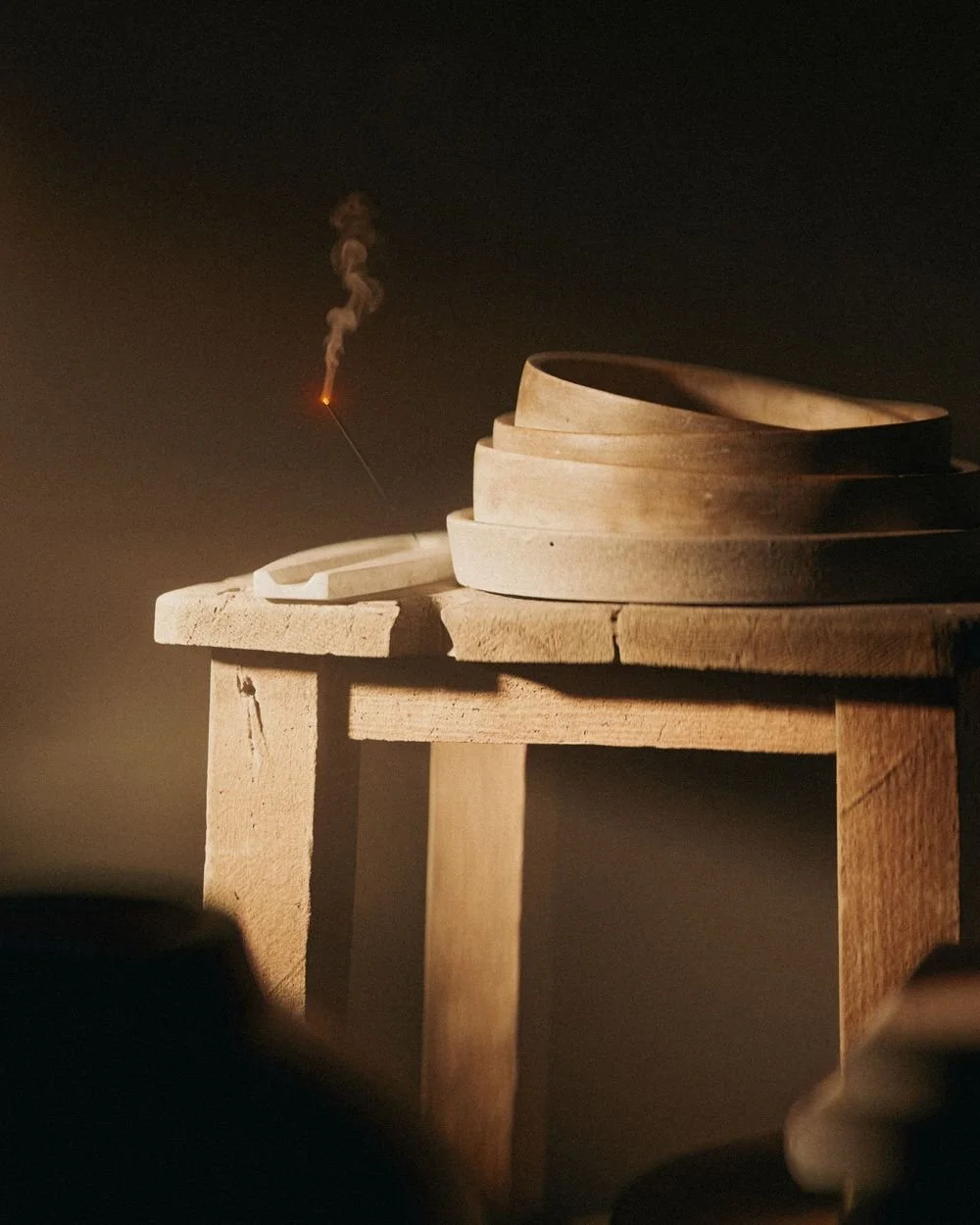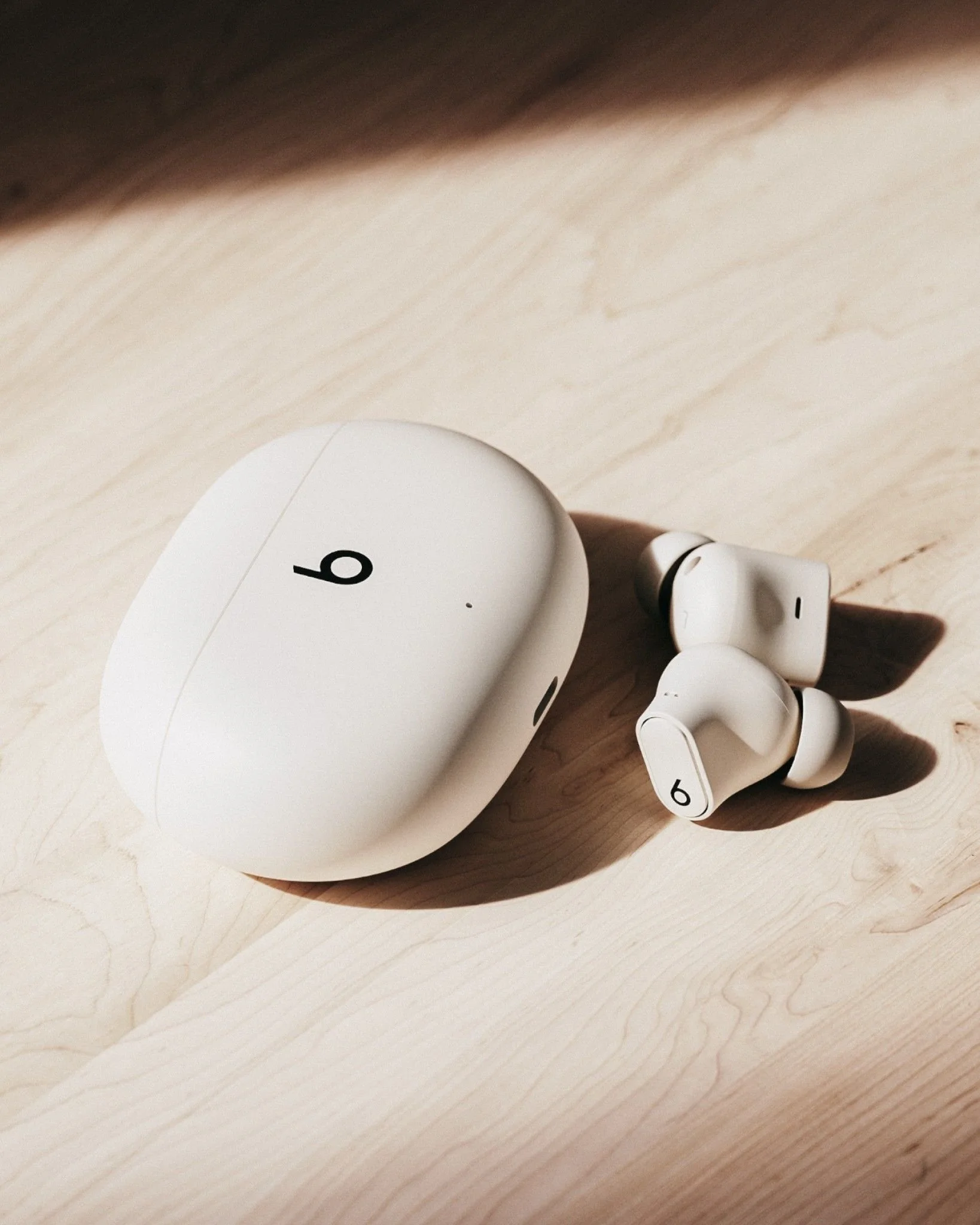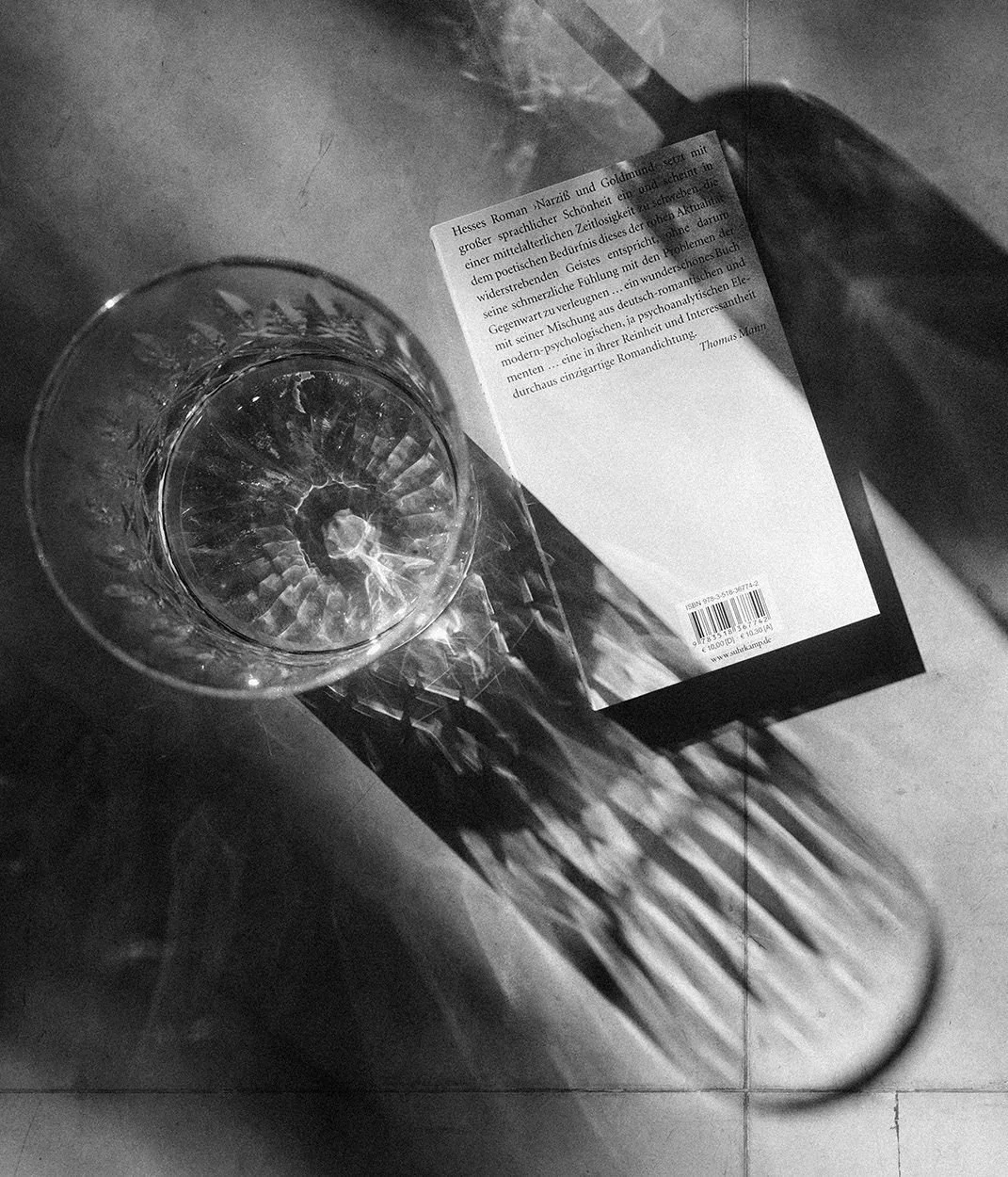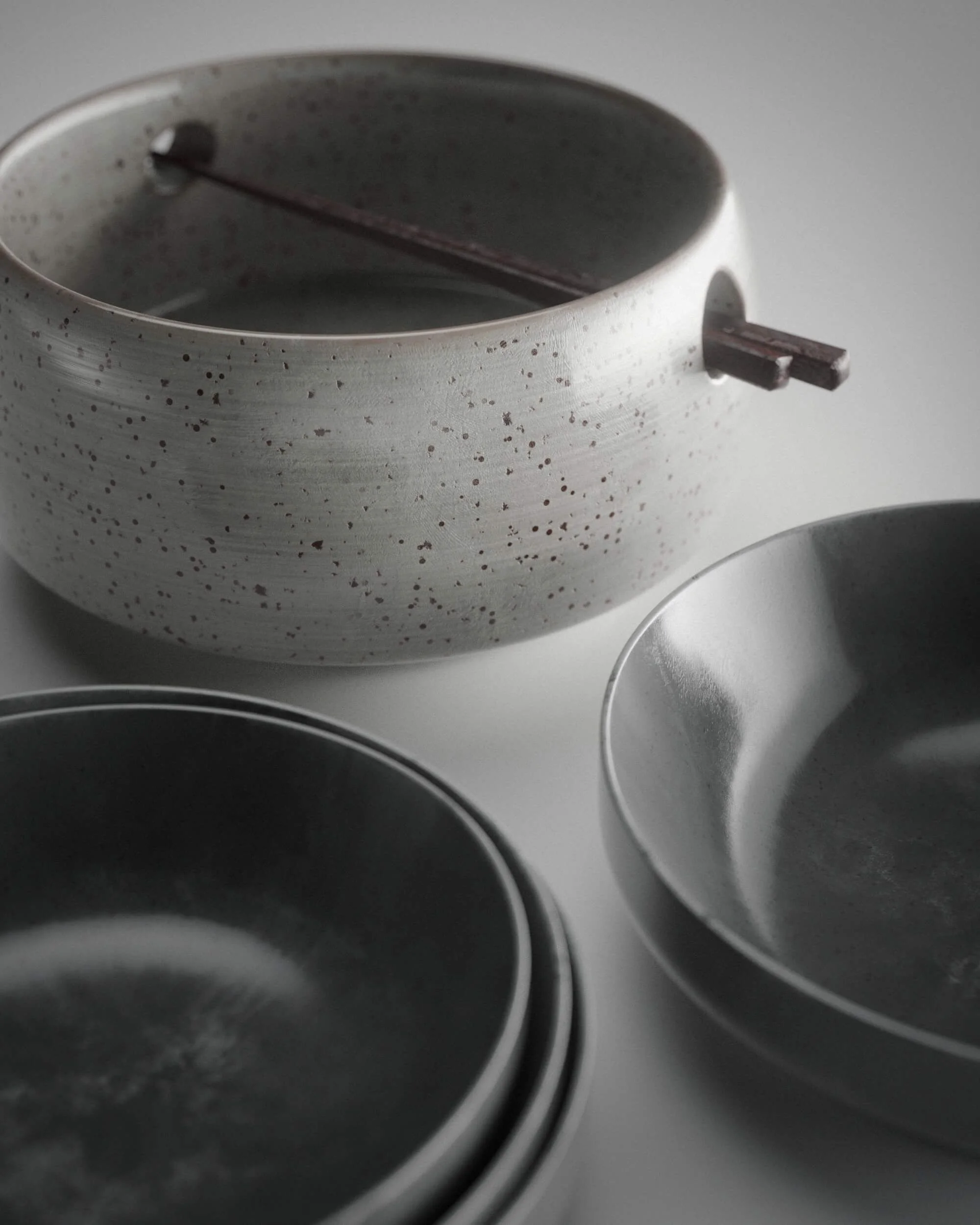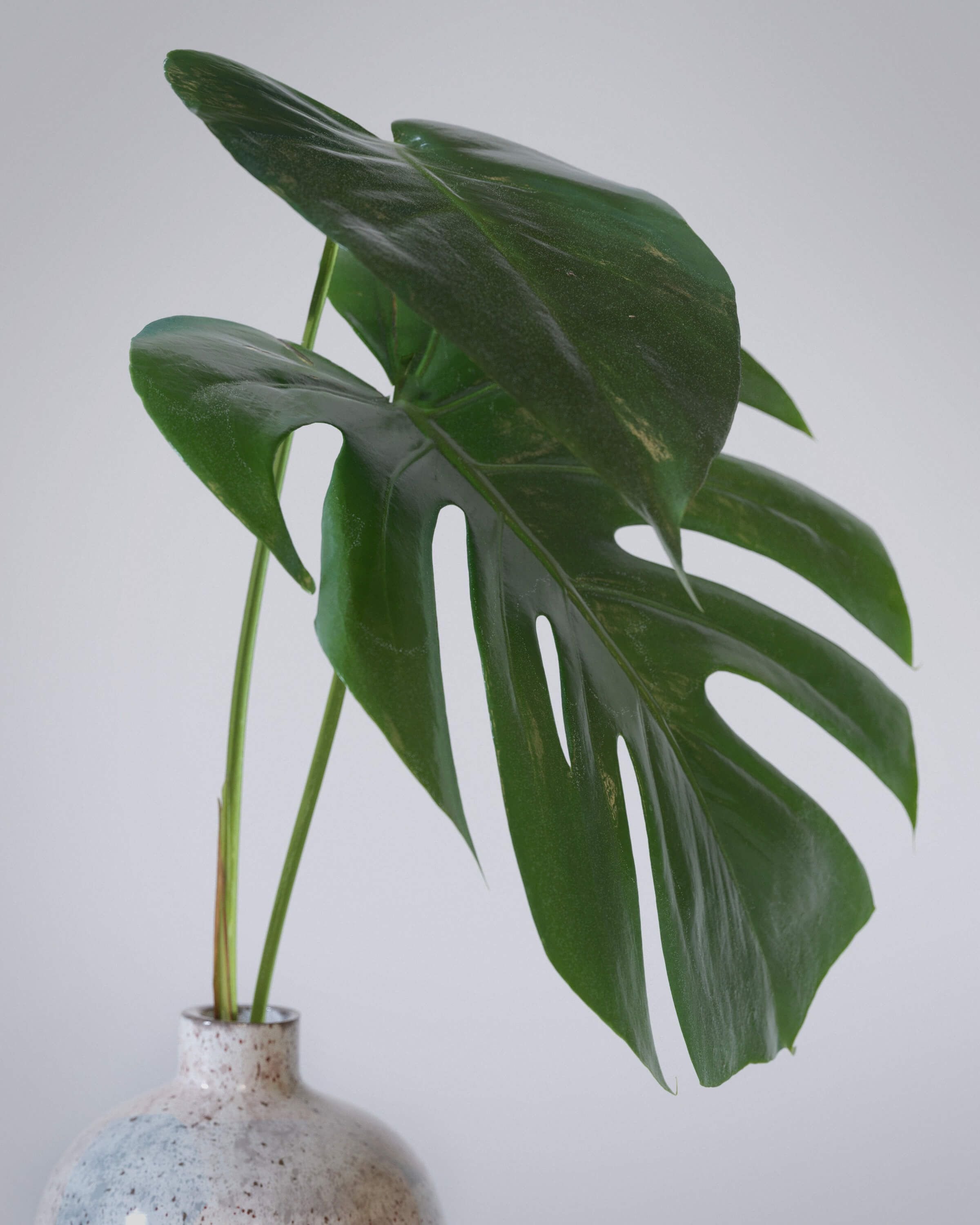Yannik Wenk
Copenhagen-based 3d artist, Yannik Wenk, produces incredibly realistic 3D artwork. His website is a portfolio of incredible projects & experiments and is a wonderful place for inspiration. From product to interior, to landscape to CGI photography, it’s an amazing collection, and his work only improves!
Yannik is someone whose work I’ve been aware of for a long time. We first spoke in 2021, nearly 5 years to the day, and both complimented each other on their Instagram pages (his was clearly better!). We both had a clear fascination of 3D art, especially those projects that just looked ‘real’. Yannik absolutely excels in this and his work truly mimics real life — something as digital artists we strive to achieve.
I’m not the only one who thinks he’s good, he’s worked on some amazing projects with the likes of Google, Samsung and Beats. With studios like Aixsponza, Someform and most recently Kühl&Han — where I can’t wait to see what he makes!
Why does he inspire me?
Yannik and myself come from the same sort of place. A degree, not specifically in 3D design, but graduated with a real love for digital design. We both enjoy photography, and are big fans of CGI design. I found Yannik’s work right at the initial start of my 3D journey and before long my sketchbook was filled with his work. Alongside many others (looking at you Linus Zoll, Mariusz Becker, Gonzalo Miranda) his work became the thing I wanted to emulate. “I wanted to make what they made”. Seeing all of this amazing content on Instagram just drove that passion for 3D and CGI photography that continues still.
His work is absolutely lovely to study and you really do question yourself looking at it. I mean look at the image above! It’s so good!
My tastes have adapted and changed over the years, but there’s still that fascination of CGI photography. Yannik’s work is a great example of all the little things that make up real world objects. The imperfections, the dust, and the pixel small details that make something come to life. It’s a real skill, and he’s applied his work now to a more commercial setting. His work alongside Someform studio for Samsung & Beats is an awesome example of this. As consumers, adverts need to make the product look good! And boy do they. The lighting and texturing is brilliant.
The Interview part
I was lucky enough to be able to ask Yannik some questions about himself and his career. I hope that’ll give you a little bit of an insight into his life, personal and commercial as well as his design process. It’s not every day you get to interview an idol!
1. Who are you, and how did
you start your journey into the world of design?
Hi Charlie! I’m honored to do this interview with you. I’m Yannik, 26 years old, and I’ve been working in the industry for about eight years now. My journey started back in school when we were assigned a group project to build a website. I teamed up with my best friend then, who was already pretty good at coding. So I could contribute, I picked up GIMP to design our logo and overall “identity.”
‘I fell in love with the process and kept using GIMP for simple graphic design and photo manipulations.’
By chance, I stumbled upon a Blender tutorial, and 3D instantly fascinated me. Blender quickly became my biggest hobby, I spent every free moment outside school learning it. One day, YouTube recommended me one of Maxon’s IBC presentations,
‘and that’s when it clicked that my passion for 3D could actually become a career.’
As soon as I graduated, I applied for internships in Munich where I grew up. Fortunately, I convinced some studios to take me on, and at 18, fresh out of school, I started interning. That kickstarted my career, and I was incredibly lucky to learn from talented people, which I’m still grateful for today. From there, I went from interning to full-time work, freelancing, joining someform Studio, and
now, fast-forward, I’m working at Kühl & Han.
2. Could you give some insight into your creative process?
My process usually starts with a rough idea or brief. For client projects, this typically comes from the client or their creative team. For personal projects, inspiration often comes from everyday life — something I see that fascinates me and makes me want to explore further. From there, I either jump straight into 3D or gather references beforehand. I like getting my head into the design process as soon as I can, feel like I can generate ideas quicker that way!
3. Where do you get your inspiration for projects?
I’m honestly a bit old-school when it comes to inspiration. I still love Pinterest. Unlike platforms like Are.na, which cater specifically to designers, Pinterest has an incredibly broad range of content. I don’t just look at polished 3D work, I draw inspiration from everyday snapshots, quotes, photography, DIY projects, and movie screengrabs.
‘I rarely seek out specific artists for inspiration because I try to avoid that kind of creative bias.’
Charlie Here! Not looking at the same artists for inspiration is a fantastic bit of advice. The amount of work there is on Instagram, Pinterest, Behance, and many other websites around is staggering. It’s great to have that one piece of reference that ticks all the boxes, but it can be so very rewarding finding new work out there. Actually spending the time to find even more great work sounds like a good use of time to me!
4. What are some of the largest challenges you had to overcome during your artmaking process?
Like many people in our industry, I’ve struggled, and still do, with constantly seeing other people’s work. It’s easy to feel like you’re falling behind or that everyone else is working on better projects. What helped me tremendously was finding hobbies outside of design and setting goals for them. That way, 3D and design aren’t the only measures of my success or self-worth. These days, hitting a goal in the gym feels even more rewarding than finishing a great project. This shift in perspective helped me distance myself from imposter syndrome and the FOMO that comes with constantly comparing myself to others.
Charlie here! I think this, as designers, is something we can all relate too. Seeing all this amazing work out there, and comparing your work it is hard. As Yannik said, having that ‘break’ from work or looking at the abundance of great design is often a great way of breaking that habit.
5. Do you have any big projects in the works or anything that excites you about the future
of your career?
At the start of this year, I started a new job as a Senior Designer at Kühl & Han, which is really exciting. My first three months are remote, but I’ll be relocating to Copenhagen soon, I can’t wait for that to finally happen.
6. Your YouTube channel is an asset to the 3D community! Are there any other creators whose tutorials/work you think everyone should watch?
Of course, technical skills are always improving, whether through courses, tutorials, learning from friends, or experience. But beyond that, I’ve grown a lot in work ethic, soft skills, and art direction. I’ve become more confident in coming up with ideas, sketching them out, refining concepts, giving feedback, and guiding freelancers or juniors. I’m incredibly grateful for the opportunities I’ve had to grow in those areas.
7. What is your passion besides
Animation/CGI work?
I have a lot of scattered interests, but the most consistent ones over the years have been photography, reading and exercise. Exercise gives me a break from the screen, helps me decompress, and allows me to focus on something completely separate from work. Photography, on the other hand, is more about capturing everyday moments. I feel like we don’t always appreciate the small details in our daily lives, so I try to bring my camera everywhere to document outings with friends, vacations, or even simple moments like decorating the Christmas tree with my girlfriend. And lastly, I love to read, it’s always been a great pastime of mine.
8. I’m sure you’ve been asked plenty of times before, but what’s your favourite piece??
Our opinions on our own work naturally change over time, but two projects stand out to me.
First is my collaboration with my good friend Levi Kosters, an incredibly talented designer. You can read more about how it came together in the project description, but I loved working with a close friend, and looking back at the result still makes me so proud.
The second is a project I worked on with Someform studio. It was early in my time there, and I still remember how much I learned from everyone involved. Even now, I feel like the quality of that project holds up, which is always a great feeling.
9. I loved listening to your talk for the FMC conference! Do you enjoy talking through your process, and looking behind the scenes — or do you prefer making?
Thanks! I really enjoyed it as well. It was really important to me, as one of these presentations was what made me realize I could turn my hobby into a career. I love giving back in that way. Over the last few years, I’ve also done workshops, interviews, guest lectures, and even taught a 3D course at a university in 2024, which was an amazing experience. These opportunities are always a lot of fun, and it’s rewarding to contribute to the community.
10. For the people who will read this interview, what are your social media links for people to follow your future work?
‘This is probably the question I get asked the most. My best advice is to start with internships if you have the opportunity.’
They’re an incredible way to learn, but even more importantly, they help you build connections, something that becomes invaluable in the long run.
From there, I’d recommend working at a studio for a few years to gain experience and build a strong portfolio. Don’t just post commercial work, personal projects are just as important, if not more. Posting your work online helps people discover you and opens up opportunities.
‘I actually met three of my closest friends through sharing work online and chatting about 3D. So for me, it hasn’t just benefited my career, it’s also had a big impact on my personal life.’
